10 Fun Facts About the Human Lungs
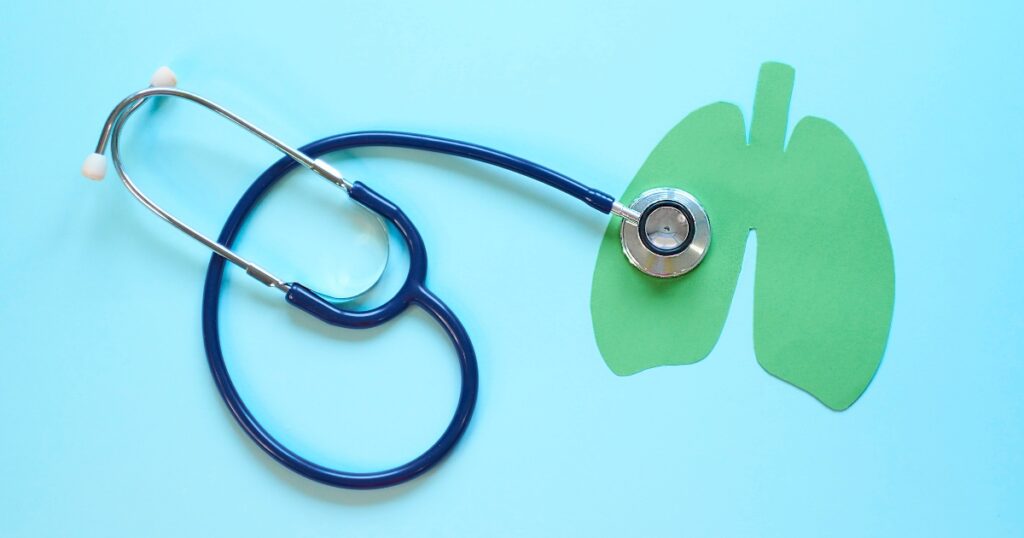
Your lungs are powerhouse organs that work hard to keep you alive. Check out these fun facts about lungs and prepare to be surprised!
When was the last time you stopped and thought about your breathing?
Since you breathe in and out all day, you probably don’t realize how hard your lungs work – unless you get out of breath from playing and exercising!
The respiratory system for kids
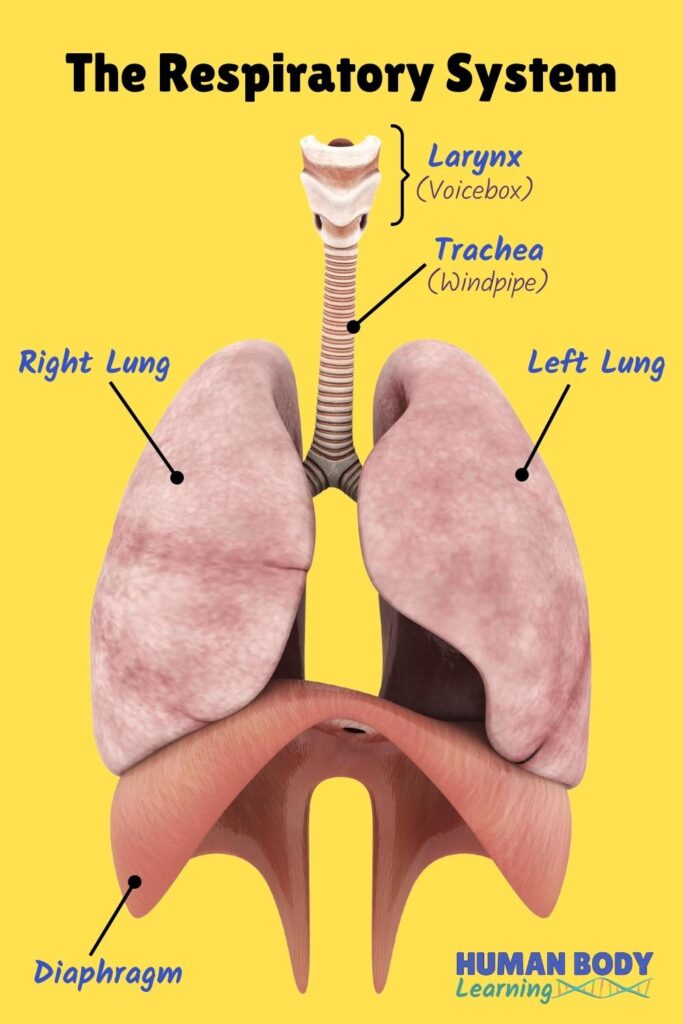
The lungs are part of your respiratory system. They work with your circulatory system to bring oxygen to your muscles and other organs.
As blood travels through your body, it goes to the lungs, picks up the oxygen you breathe in, and then takes it to the rest of your body.
Your blood also carries carbon dioxide to your lungs so you can breathe it out.
Sometimes, doctors use special tools like stethoscopes and X-rays to check how your lungs are doing.
Because the human lungs do amazing things in your body, learning more about your lungs can help you be healthy.
Ten fun facts about lungs that might surprise you
Which of these interesting lung facts have you heard about? Which facts are new to you?
Fun fact #1: Your brain controls your breathing.

Your brain is the boss of your body because it controls everything. Since the brain monitors your breathing when you’re awake and asleep, it’s called an “automatic” body function.
Which part of your brain controls your breathing? The very bottom of your brainstem!
The lower part of the brainstem has a section called the medulla oblongata. This is the breathing control center of your brain.
Fun fact #2: Your lungs are much bigger than you think.
Did you know that your lungs fill up most of your chest area? Since they’re packed into your chest inside the rib cage, you might not realize how big they are.
Here are a couple of examples that may blow your mind:
- If you cut open a pair of adult lungs and stretched them until they were completely flat, they would cover a tennis court. (Please don’t try this at home!)
- Your airways are the tubes where air flows to get to your lungs. They could stretch to around 1,500 miles.
Fun fact #3: One lung is bigger than the other.

Lung anatomy is a little different on each side.
Your left lung is a little smaller than your right lung because the left side needs extra room for your heart.
That’s also why the right lung has three sections called “lobes,” but your left lung only has two.
Fun fact #4: The lungs need help from neighbors.
Like most things in life, the lungs depend on friendly neighbors. They can’t do the work of breathing on their own.
The lungs need help from a wide and thin muscle under the lungs called the diaphragm. The diaphragm muscle pulls air into the lungs. This big muscle also pushes air out of the lungs.
The muscles between the rib cage also help your lungs breathe air in and out.
Fun fact #5: Mucus lines your lungs.
This lung fact might gross you out, but it’s really important.
Mucus is a slimy substance inside all of your breathing organs. (You have mucus in your digestive system, too!) Its job is to protect your organs and keep out bad stuff.
You have a layer of mucus inside your airways and lungs to catch dirt, dust, and bacteria.
Normally, your mucus color is thin and clear. When you get sick, the mucus inside your nose, airways, and lungs can get thicker and change color.
Fun fact #6: Your airways are like tree branches.
This fun lung fact requires your imagination. Close your eyes and picture an upside-down tree. Now, look at the anatomy picture.
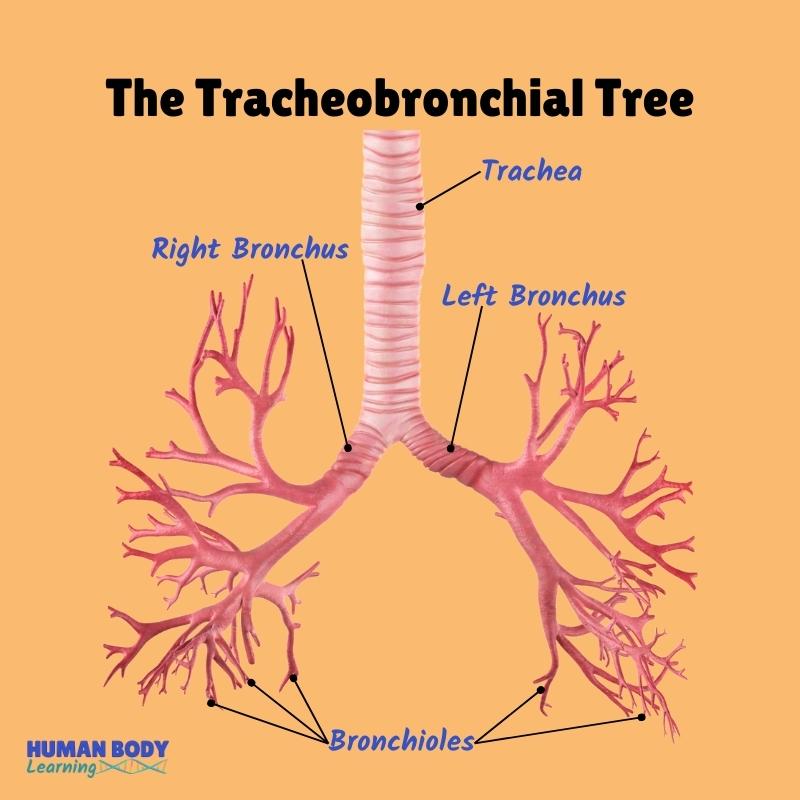
Does it look familiar? The airways that connect your throat to your lungs are like a tree:
- The trachea is like a thick tree trunk.
- The left and right bronchus are like big branches off the tree trunk.
- And all of the bronchioles are like little tree branches.
As with all body parts, there’s a long, fancy medical name for your airways: the tracheobronchial tree!
Can you say tracheobronchial (TRAY-kee-oh-BRAHN-kee-ol) tree?
Fun fact #7: You breathe out both air and water.
This fact surprises many kids: Invisible water molecules are inside the air and human lungs.
When people breathe out air, they also exhale (breathe out) a little bit of water in the air. It adds up to about 1 cup of water at the end of the day.
Make sure to keep drinking water to avoid dehydration!
Fun fact #8: You can live with one lung.
Can you live with no lungs? Nope.
But can you live with just one lung? Why, yes, you can!
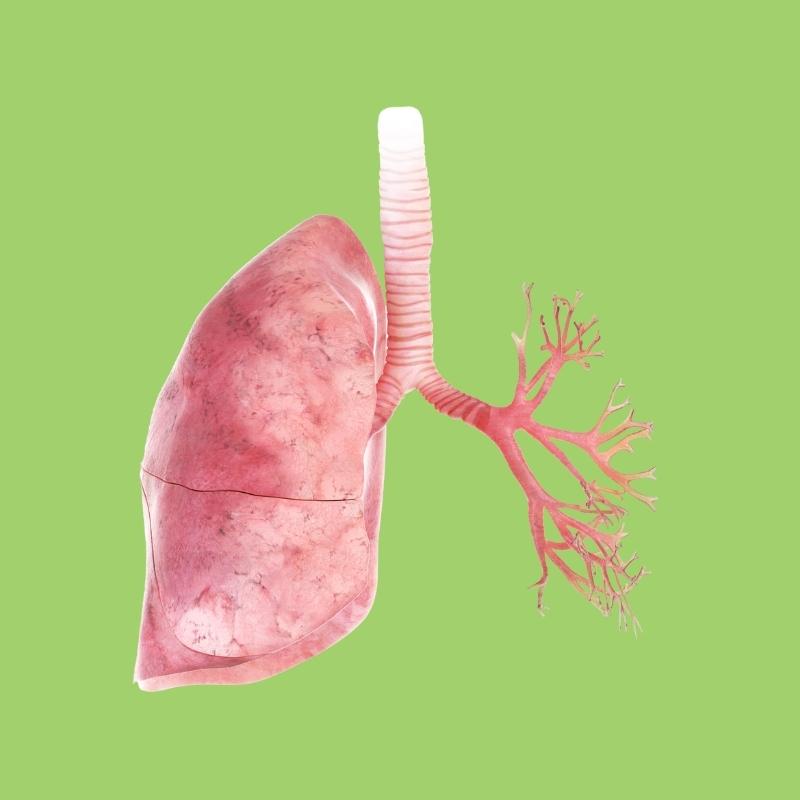
Sometimes, if one of the lungs is sick and not doing well, surgeons can take that lung out of the body.
The healthy lung that’s left behind can usually do the job of breathing in oxygen and breathing out carbon dioxide.
In fact, the solo lung gets bigger and takes up some of the missing space in the chest.
With one lung, a person can live a pretty normal life. But exercising might be harder and a little slower than before.
Fun fact #9: Your lungs help you float and have fun.
Did you know that your lungs help you swim like a fish? When you take a deep breath through your nose or mouth, the lungs fill with air.
Try this simple experiment with a beach ball or balloon. When a ball or balloon is deflated, it will most likely sink in water. But when the ball or balloon is filled with air, it can float.
Fun fact #10: You take 20,000 breaths each day.
Your breathing speeds up when you move around and slows down when you sleep, but your lungs work all day and night.
Every single minute, you breathe in and out around 12 times. In a day, this adds up to around 20,000 breaths. Whoa!
Which lung facts surprised you the most?
Share these fun lung facts with your friends!
Learn more fun facts about the human lungs and breathing!

DISCOVER: Easy DIY Lung Model Activity for Kids
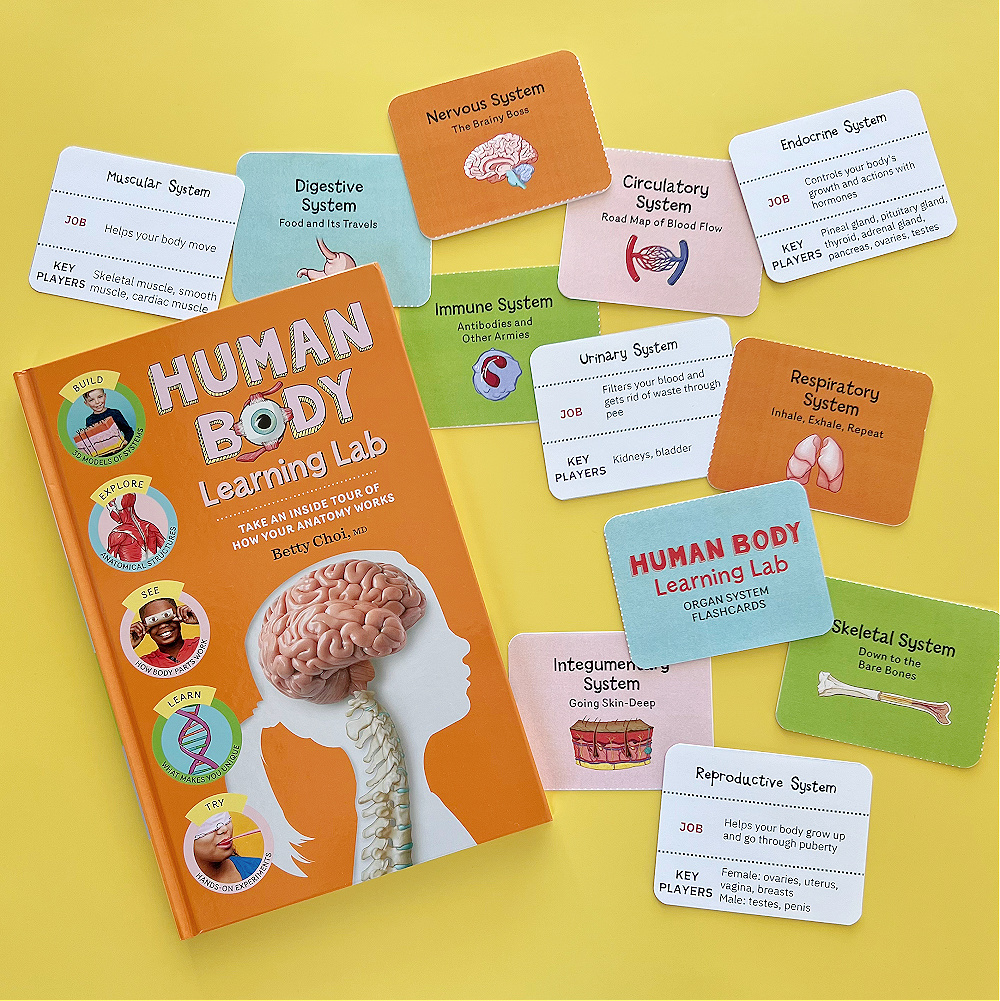
ENJOY: Printable Anatomy Flashcards
Published on April 14, 2022. Updated on January 23, 2024 by Betty Choi, MD
Published on April 14, 2022. Updated on January 23, 2024 by Betty Choi, MD

Betty Choi, MD
Dr. Betty Choi is a Harvard-trained pediatrician who makes learning fun and doable. She created the kids’ anatomy book Human Body Learning Lab, which Science Magazine recommended as a “notable standout in the genre.”


